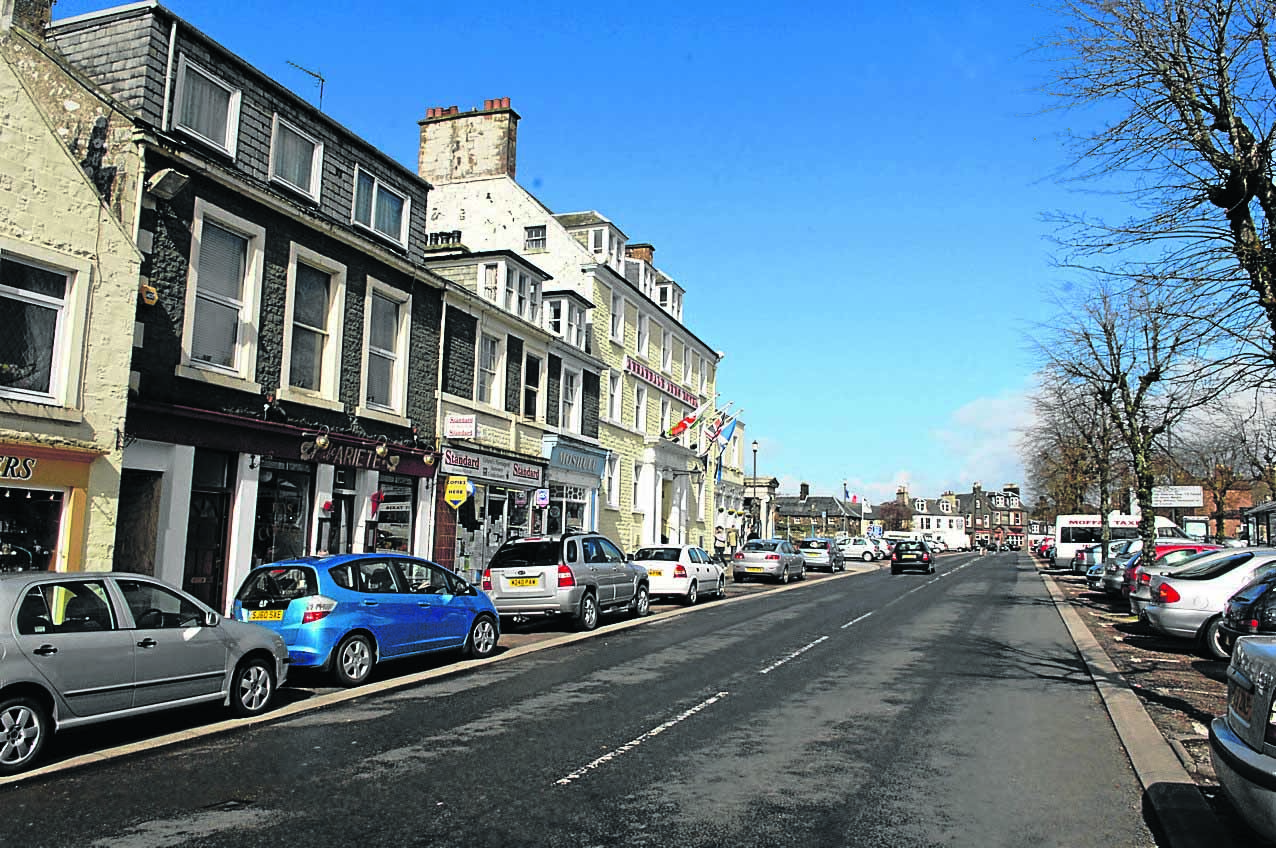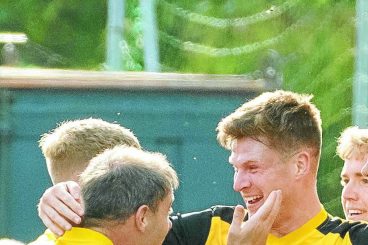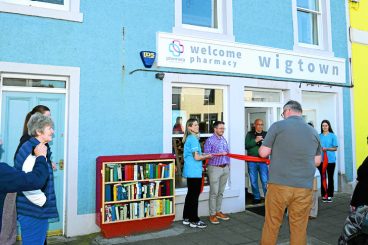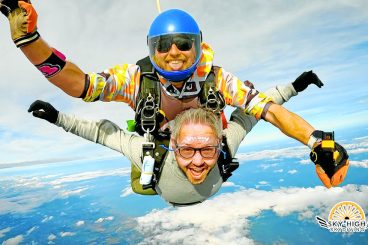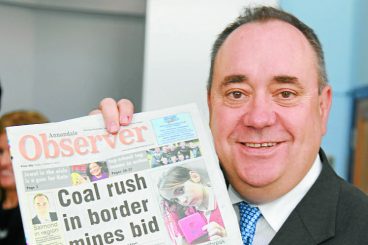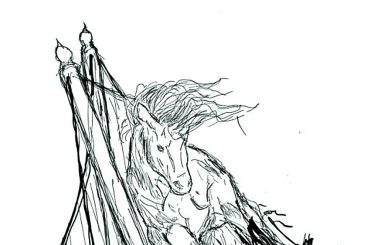In early 1919 the Australian Prime Minister was visiting Europe and, inspired by the wish of Australian soldiers wanting to return home after the horrors of The Great War, he announced a prize of £10,000 for the first flight, by Australians, from Great Britain to Australia in under 30 days.
A century on and the team at Moffat Museum are trying to raise awareness of what they call a “momentous event in the history of aviation.” They have discovered that the pilot of the winning team had local roots, with his father, Andrew Bell Smith, born in Eskdalemuir in 1851. He then emigrated to Australia in 1875, married and became a successful sheep farmer. In 1906 Andrew Smith sent his three sons back to Moffat to undertake part of their education at Warriston School. Two of those boys, Ross and Keith, were part of the winning flight in a Vickers Vimy, Registration G- EAOU (said to mean “God Elp All of Us”); a converted WW1 bomber with an open-cockpit.
They completed the flight in 27 days 20 hours, leaving Hounslow (West London) at 8 am on November 12 1919 and landing in Darwin at 4.10 pm on December 10. Their route was via Lyon, Rome, Cairo, Damascus, Basra, Karachi, Delhi, Calcutta, Akyab, Sinora (Siam), Singapore, Batavia and Surabaya and the flight distance was estimated as 11,123 miles, with a total flying time of 135 hours, 55 minutes.
The winning flight was piloted by Captain Ross Macpherson Smith, assisted by his brother Lieutenant Keith Macpherson Smith and their mechanics sergeants Wally Shiers and Jim Bennett.
Museum volunteer Janet Tildesley said: “The scale of this challenge should not be judged by the standards of today. Alongside the transatlantic flight, completed by Alcock and Brown earlier in 1919, these achievements are akin to modern space travel. These were challenging and dangerous undertakings; of the six official competitors in The Great Air Race, only three completed the flight from London to Darwin and four of the competitors lost their lives.
“The challenges were enormous – ensuring the availability of fuel in some very remote locations, managing atrocious weather in an open cockpit where the crew were paralysed by cold and their flight goggles rendered useless because they were covered in ice and snow, landing and taking off in wholly unsuitable situations.”
She added: “The account of the flight reads like a Boys’ Own adventure and the inspiration to “Those Magnificent Men in their Flying Machines”.”
Both Ross and Keith were knighted by King George V for the achievement.
Moffat Museum has more information and photographs about the Smith family and The Great Air Race and a presentation will be made at the museum’s annual meeting on Monday November 18 at 2.30pm in St Andrew’s Church Hall, where a temporary exhibition can also be viewed.





